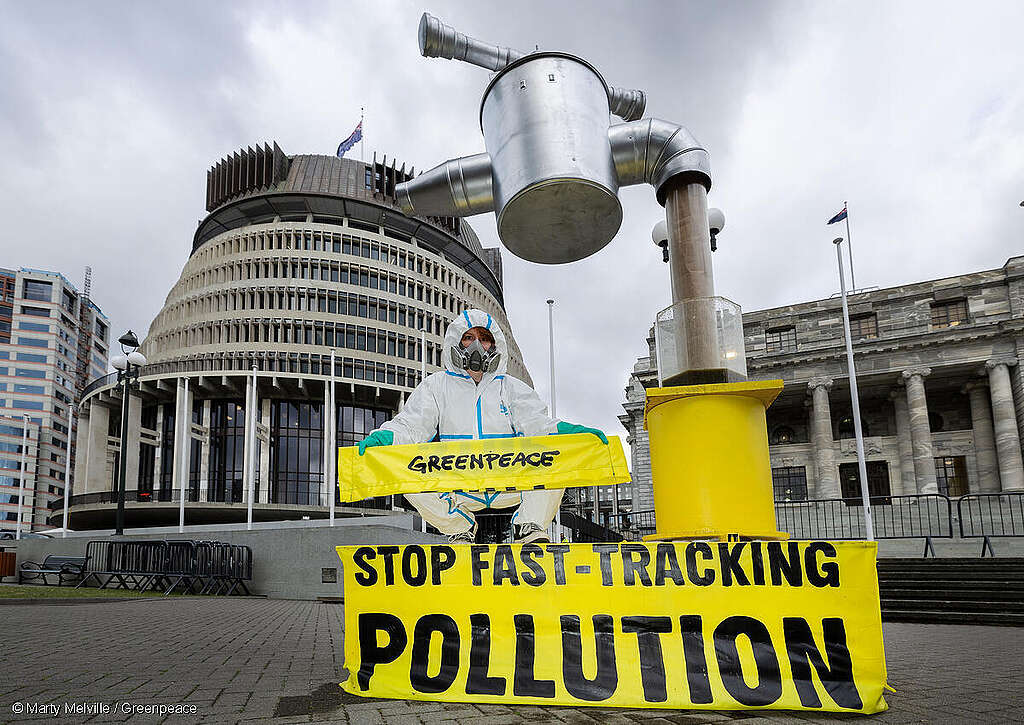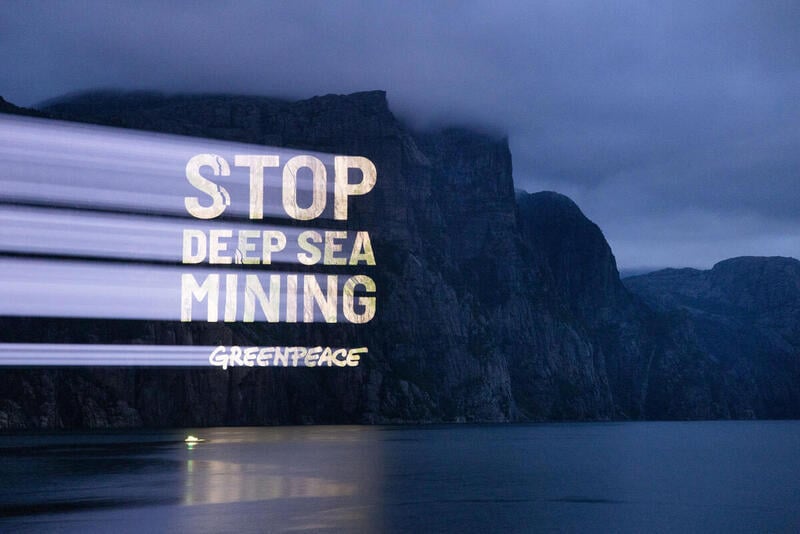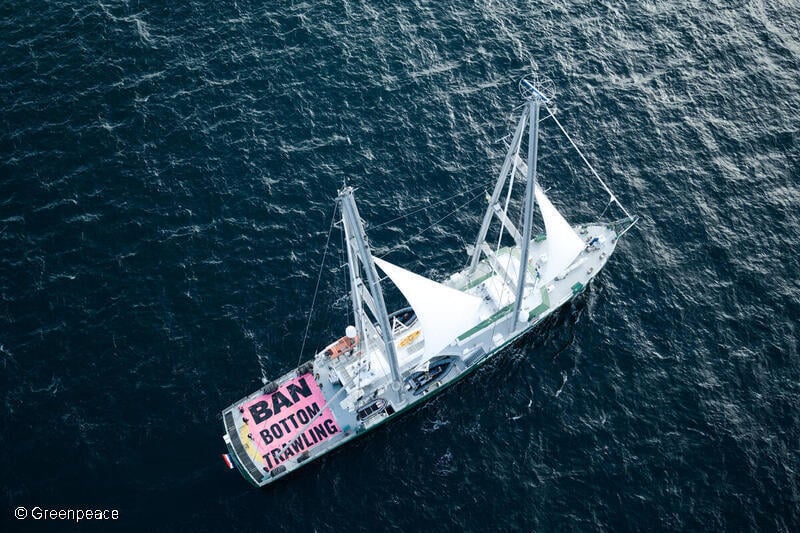The latest: where do things stand right now?
If you’ve been following the fight to stop seabed mining you’ll know that after being turned down in other forums, Trans Tasman Resources or TTR, has now asked the Government to push its failed seabed mining application through the anti-democratic Fast-Track Approvals process.
Last month, I observed Alan Eggers (executive chair of TTR) and his team conduct a ‘walk-through’ of his seabed mining application for the expert panel. What I saw was troubling. There were references to old research and modelling that was part of earlier, failed consent applications. There were contradictions in the presentation, and some concerning comments that downplayed the presence of mining on whales and penguins.
This ‘project overview conference’ was almost held with no observers. The meeting was called by the expert panel with little notice, and it was held in Auckland, which were huge barriers for all of those who are on the frontline of any impacts. In the end, only two others outside of TTR, the expert panel and EPA staff were able to travel and attend with less than 24 hour’s notice.
Then, last week, TTR’s parent company, Manuka Resources, launched on the New Zealand Stock Exchange. They’re looking for NZ investors to fund their reckless project. We responded with a clear warning to potential investors, projected onto the NZX building: don’t bankroll ocean destruction; don’t invest in seabed mining.
Back in September, the expert panel named Greenpeace Aotearoa, with our friends Kiwis Against Seabed Mining (KASM) as a party that must be heard as they assess TTR’s application. This week, we sent in our joint submission. We’ve brought into the application process expert advice that is necessary to a well-informed decision. You can read our submission here.
What’s at stake if seabed mining goes ahead?
If approved,Trans Tasman Resource’s project would be the world’s first at-scale, commercial seabed mine, located in the South Taranaki Bight – a vital region for pygmy blue whales, critically endangered Māui and Hector’s dolphins, fisheries, and seabirds including the kororā.
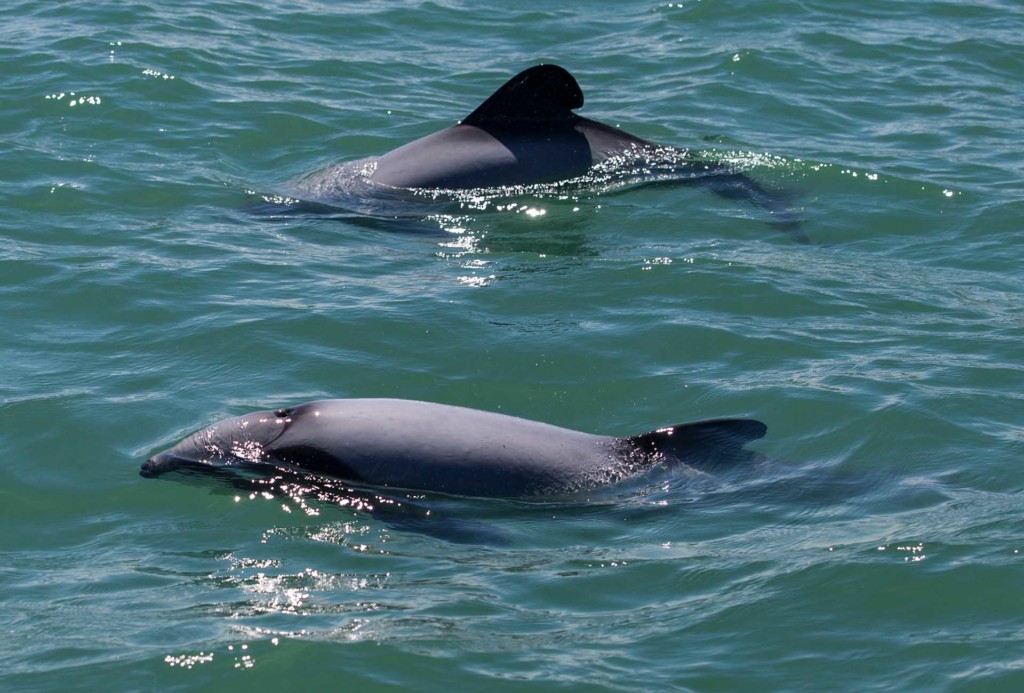
If they get the green light, it could open a door for seabed mining elsewhere in the world. More greedy mining companies from the global north are eyeing up the Pacific region for extraction and environmental destruction. Aotearoa doesn’t need more colonisation.
Read more here: What is seabed mining and how does it threaten the ocean?
Trans Tasman Resources and others want to exploit our moana for short term profits for the wealthy few, while socialising the harmful consequences to the rest of us and our future generations.
How is Greenpeace involved?
Together we’ve already stopped this project several times. And, despite the Luxon government raising this zombie project from the dead, we have to keep opposing it.
We’re also standing with independent experts who were silenced when TTR quit their reconsideration hearing before the Environmental Protection Agency (EPA), and were silenced again with the undemocratic fast-track politics. People deserve the full picture and the best available information.
We’re carrying the voices of more than 50,000 people who have already said they want to ban seabed mining in Aotearoa New Zealand. That’s thousands of us saying clearly: this industry is too risky, too destructive, and not worth sacrificing our moana for.
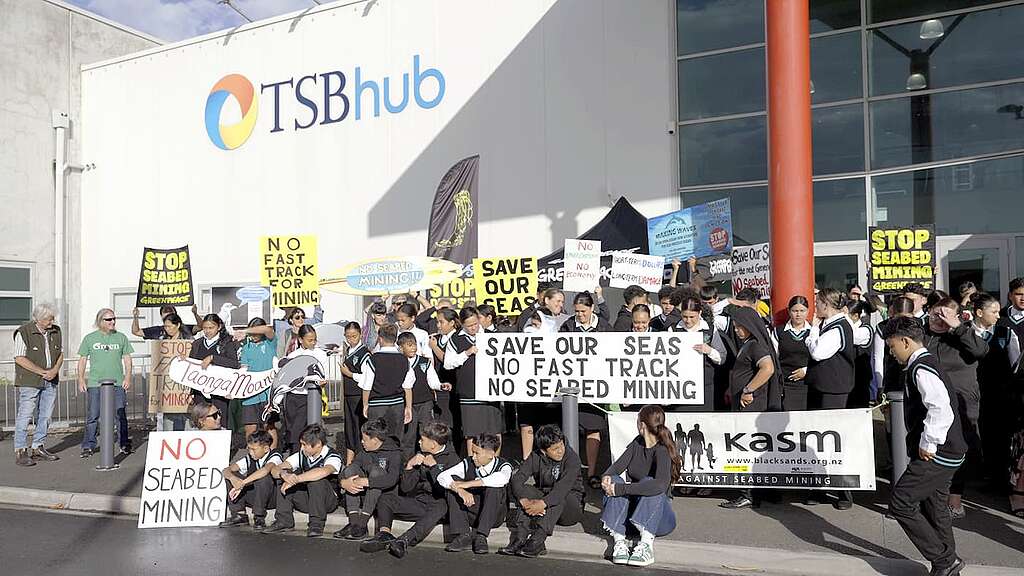
What are experts saying about seabed mining?
In past hearings, we heard independent experts say TTR’s modelling doesn’t reflect reality and ignored important reef habitats. TTR’s plume model for example underestimates how far fine sediment could spread – both near the surface and on the seabed. That means the true risks to wildlife and coastal communities are being downplayed.
Worse, we’re seeing TTR re-submitting failed ‘evidence’ despite criticism from the Environment Protection Authority reconsideration hearing last year, and comments from the EPA convenor within the current Fast Track application. TTR’s science doesn’t stand up.
But it’s good for the economy right? Wrong.
Trans-Tasman Resources’ economics don’t stack up. TTR has not weighed in the environmental and cultural costs and exaggerated job claims. Much of the money (like the costs of fuel) would flow offshore, and industries like tourism and fisheries would carry the costs.
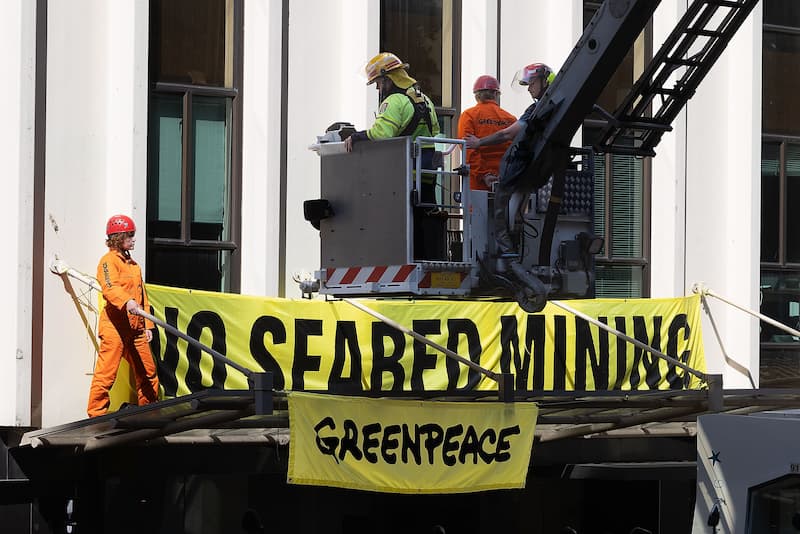
Seabed mining could also signal the end of renewable, offshore wind energy. We’ve already seen one company pull out of offshore wind investment. We are also yet to see any evidence of net public benefit for Aotearoa or Taranaki.
What wildlife is at risk from seabed mining?
The South Taranaki Bight is a vital feeding ground of krill for whales. Add in constant noise and muddy plumes from mining, and the balance tips against species already struggling to survive. Seabed mining could push vulnerable species – species that are taonga to tangata whenua and others of Taranaki – closer to the brink.
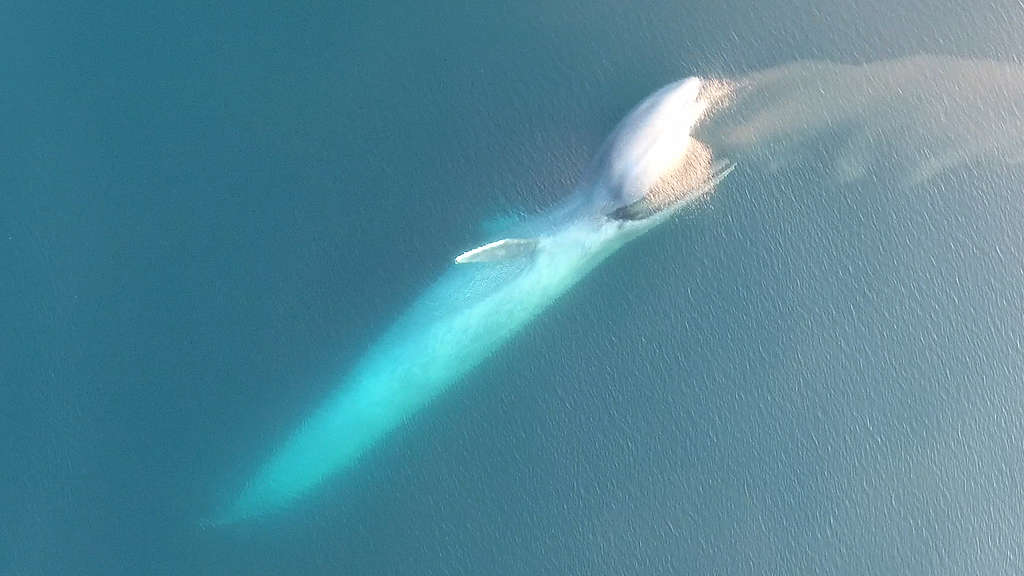
What can I do to help stop seabed mining?
Greenpeace is standing alongside Mana Whenua, Taranaki communities, independent scientists and experts, caretakers of Te Taiao, and the tens of thousands of people across Aotearoa who have been shut out of this process, yet refuse to be silenced.

Seabed mining is risky, destructive, and this entire process is unjust and we won’t let it go unchallenged. But, if the Government chooses to ignore science and the people, and grants consent anyway, we need to be ready to demand that Chris Hipkins commit to repealing it.
You can help build that pressure right now, and add your name to the petition so Hipkins and the Labour Party know that we are all serious about protecting our ocean and all the life it supports; our democracy; and the future we will leave to the generations that come after us.
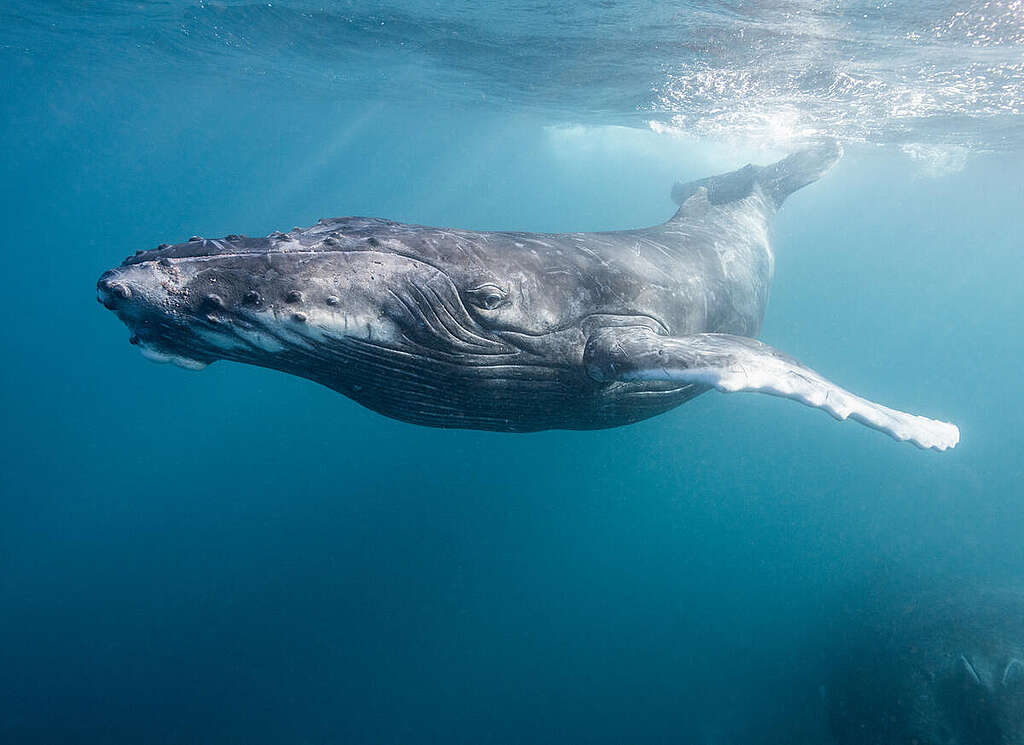
Any political party that takes environmental protection seriously must stand against Trans-Tasman Resources’ plan to seabed mine in the South Taranaki Bight.
Sign the petition

